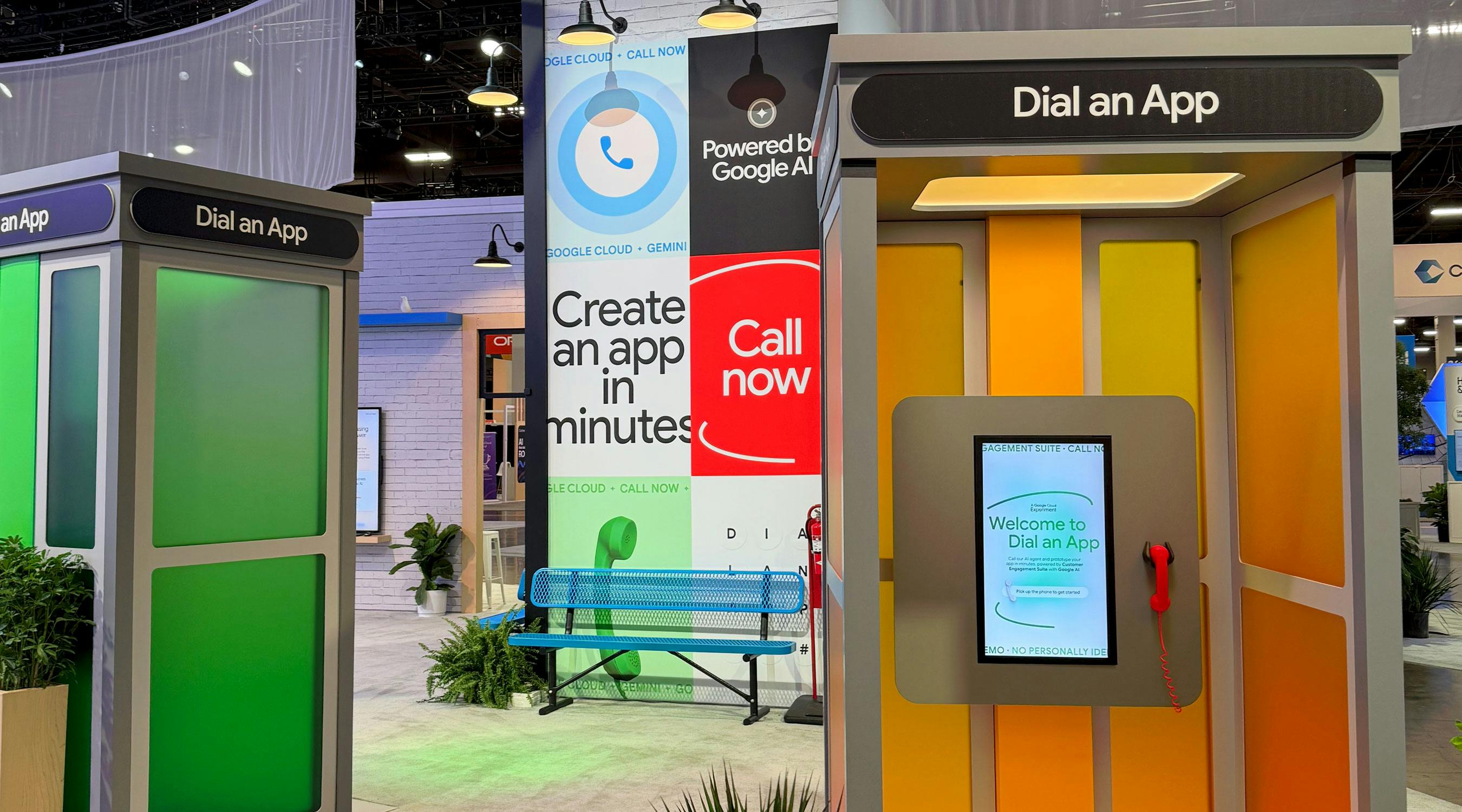Dialogues Three: Hierarchies of Distraction

Dialogues Three: Hierarchies of Distraction
These days it has become increasingly difficult to stay focused and untempted by social media's song. Many of us struggle with ways of distracting ourselves positively and warding off distractions that set us back.
Some of us at the studio sat down and chatted about the role distractions have in our daily lives and what responsibilities designers have toward their users.
Levi, Ben, Mindy, and Troy have joined the Dialogue.
DEFINITIONS OF DISTRACTION
Welcome! This is our third dialogue — the hierarchies of distraction. To get started, how are we defining distractions?
Ben: In general, I see distraction as anything that keeps you from giving your full attention to something else. Dividing your mind or dividing your attention.
Mindy: For me, distractions divert your focus from something. I think there are two types of distractions: external and internal. An external distraction could be someone trying to talk to you, music playing, or a notification on your phone. An internal distraction could entail daydreaming, worrying, remembering something or even hunger.
Troy: The way I define distraction is anything that consumes my attention or something that is begging for my attention. In short, cognitive consumption.
Levi: To summarize then, distractions are both physical and psychological factors in our ability to complete certain tasks, face the immediate reality of our daily life, and, ultimately, are our way of letting delay take hold of our decision-making processes.
ONLINE VS. OFFLINE DISTRACTIONS
What are some distractions in today’s world? What are some examples of on and offline distractions?
Mindy: I think online distractions include Facebook, Instagram, Snapchat, any form of social media, e-mails, MMO games, apps.
Offline, what do we see?
Troy: Offline distractions could be billboards, an ad in a magazine, video games, Netflix binging when you have important things to do, doing drugs, noise, clutter, these are mostly distractions with a negative connotation. There are plenty of positive offline distractions like listening to music or going on a walk.
THE SPECTRUM OF DISTRACTION: POSITIVE, MINDFUL, NEGATIVE
Let’s define what we mean by positive and negative distractions.
Troy: A negative distraction might be autoplay video on Youtube and Instagram. They are specifically designed to force content onto us, autoplaying right after a video ends. Same goes for Netflix: autoplay encourages binge watching. Apparently, the algorithms on YouTube are built to deliver similar but more extreme content of what was previously watched. This keeps people going down the rabbit hole.
Mindy: Yeah, they’re intentionally making it effortless to consume their content and spend the most amount of time on their platform. That’s when the distraction turns negative. But, sometimes, distractions can be good. Maybe you’re in a situation where you can’t quite figure out the solution to a problem, and so you think, “Hey, what if I take a walk outside to clear my head?” You’re choosing to consciously take a break from that. But let’s say you decide to check Facebook or Instagram–you could easily get too distracted, fall into a social media vortex and lose the momentum you need to solve your problem.

Illustration by Jean Jullien
Troy: For sure, a distraction can be a very important outlet. It also depends on your self-control. Are you trying to be productive and actually generate something, or are you looking to turn that part of the mind off and veg out?
Mindy: Totally, it’s important to be mindful about how you use distractions. Are they positively affecting your mind or are they an escape from your responsibilities?
Ben: Exactly, taking your mind off something can actually be more productive and lead to better solutions to the original problem. Sometimes, I find the solution to one project in another project.
Troy: Yeah, distraction is not inherently problematic. It can actually have the opposite effect and become, a source of creativity and lead to innovation. From my own experiences, some of my best ideas come from tangential or peripheral ideas and activities.
I think it’s also important to look at the middle of the distraction spectrum. We have positive distractions, negative distractions, but there is also a general awareness of distraction. Many people are unaware of how they are being distracted. I think it’s important for people to be aware of how their behavior gets exploited by the services we most frequently use. We need less trickery and more agency. Because, over time, these habits affect people’s lives and the culture of things.
Ben: Well said.“Less trickery more agency.” Agency is key in this discussion. It reminds me of one of my favorite artworks: Gordon Pask’s “Musicolour Machine” (1953). The machine reacted to sounds musicians made on-stage. If their activities were not varied enough, the machine would “get bored” and prompt the performers to change track. This interruption was used in an excellent way, to encourage mindfulness and a fresh perspective. Early cyberneticist called this “a dance of agency,” a utopian consideration of how humans and machines could live in harmony in the future.
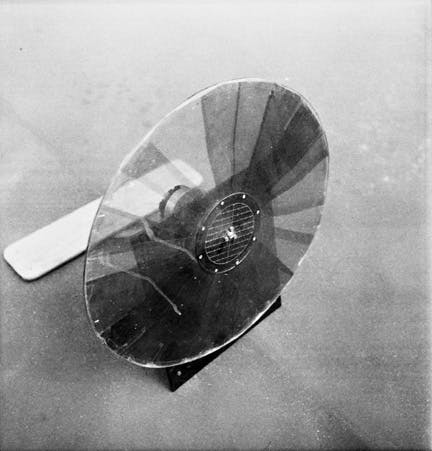
An Image of Pask’s Musicolour. The First Interactive Installation that had the potential to get bored of people’s behavior.
DIGITAL DISTRACTIONS
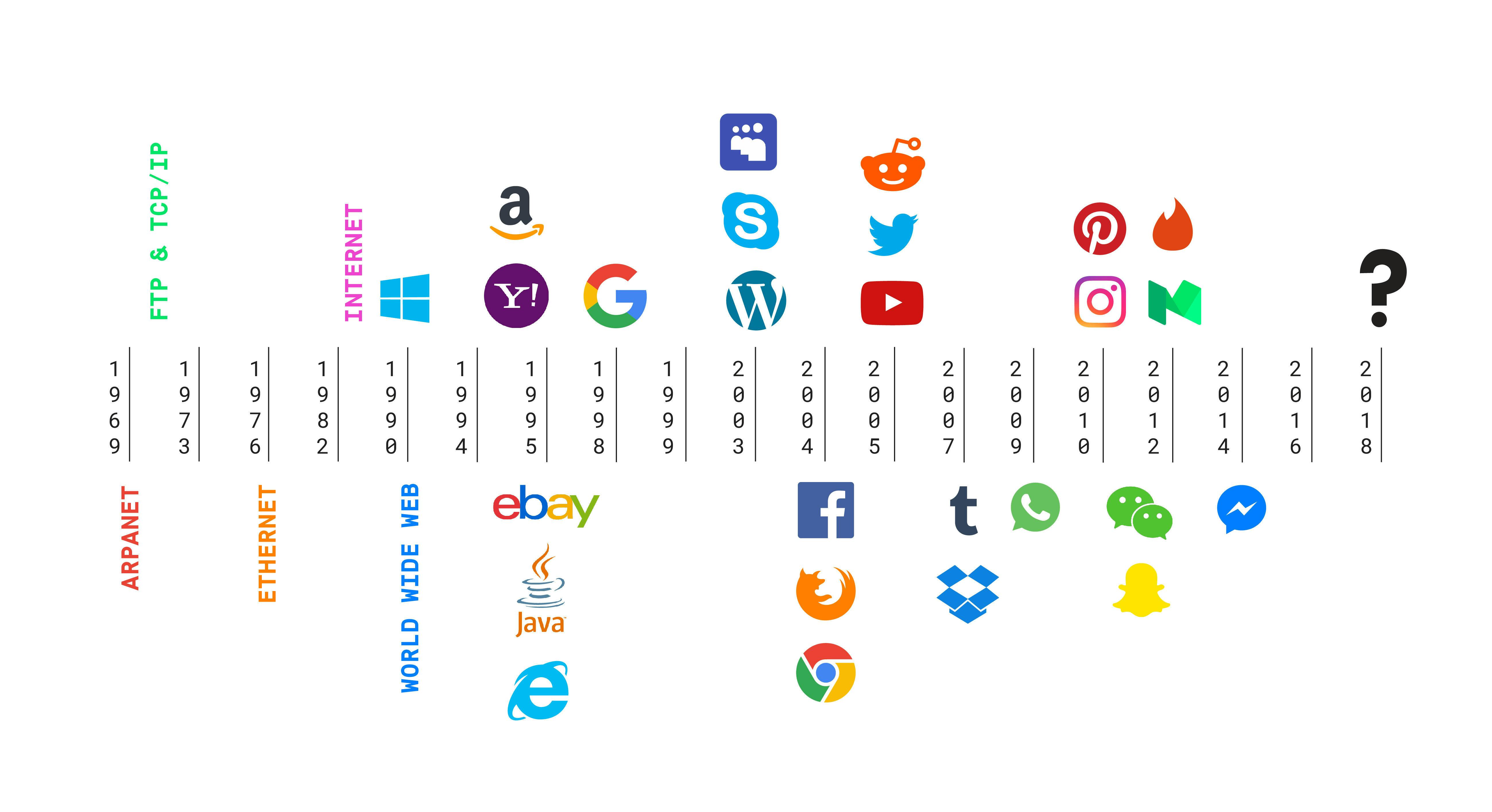
Let’s backtrack and look at the history of distraction. How has the digital affected our experience of distraction? Why are there so many digital distractions today?
Ben: The Internet was built without a payment system foundation. You didn’t have to pay for The New York Times. You didn’t have to pay to have a social network. But business owners needed to create behaviors that would make people come back.
Notifications (not distractions) are the primary means of getting you hooked and coming back. They drive ad revenues, views and CPMs, all of which are essentially the foundations and monetary system of the Internet. This is inherently hard to change, though some newspapers are beginning to install paywalls. Other social networks are starting to charge money.
“Designers had to invent digital distractions to ensure the survival of their businesses.”
What are some of the constructive and destructive aspects of this?
Mindy: I think Facebook, especially, segregates people since they’ve got their algorithms so down to a T. They know exactly the type of content you typically engage with the longest. They’ve made it super easy to target you with other posts or videos they know you’d like. Basically, they put you in a curated content corner. In some ways, that can be great, but you’re also removing the diversity of opinion and thought from your newsfeed. You’re put into an echo chamber without even realizing it.

Troy: Definitely, it’s especially troubling when these tactics start changing our behavior. When your actions are unaware of your intention you’re prone to involuntarily enter the void of mindless scrolling, scrolling scrolling. I’ve seen people instinctively look at their phone, open an app—and close it right away. It’s a gut reaction, maybe even a nervous tick. This goes to show that people’s behavior is changing based on habit and ritual.
“We should hold both the designers of these addictive apps and ourselves more accountable.”
How is content continually being forced on us?
INTERNET ADDICTION
Illustration by Braulio Amado

Mindy: I remember seeing this study that compared the brain activity of people who were diagnosed with Internet Addiction Disorder to people with drug addictions.
“It turns out people experience super similar brain activity when engaging with apps and platforms as when the drug addicts take their first hit.”
Ben: Yes. I read an article that compared it to cocaine. The first time I read that I thought, “Okay, this is ridiculous”, but then someone explained how coca leaves are distilled into something more potent. At first, we might think coca leaves are fine. They don’t cause problems until they are distilled. But then they are heavily refined; that’s when they become dangerous and addictive. Social media has become so specific and customized, so distilled, that it has arrived at a level we haven’t encountered before.
Levi: Yes, that’s a great example. Email to me is like a coca leaf: fine for you for the most part. We’ll check it, it can be semi-addicting. Facebook is a more potent version of that: aggressive algorithms, intense notifications, and specific distractions that stop you from doing what you should be doing.
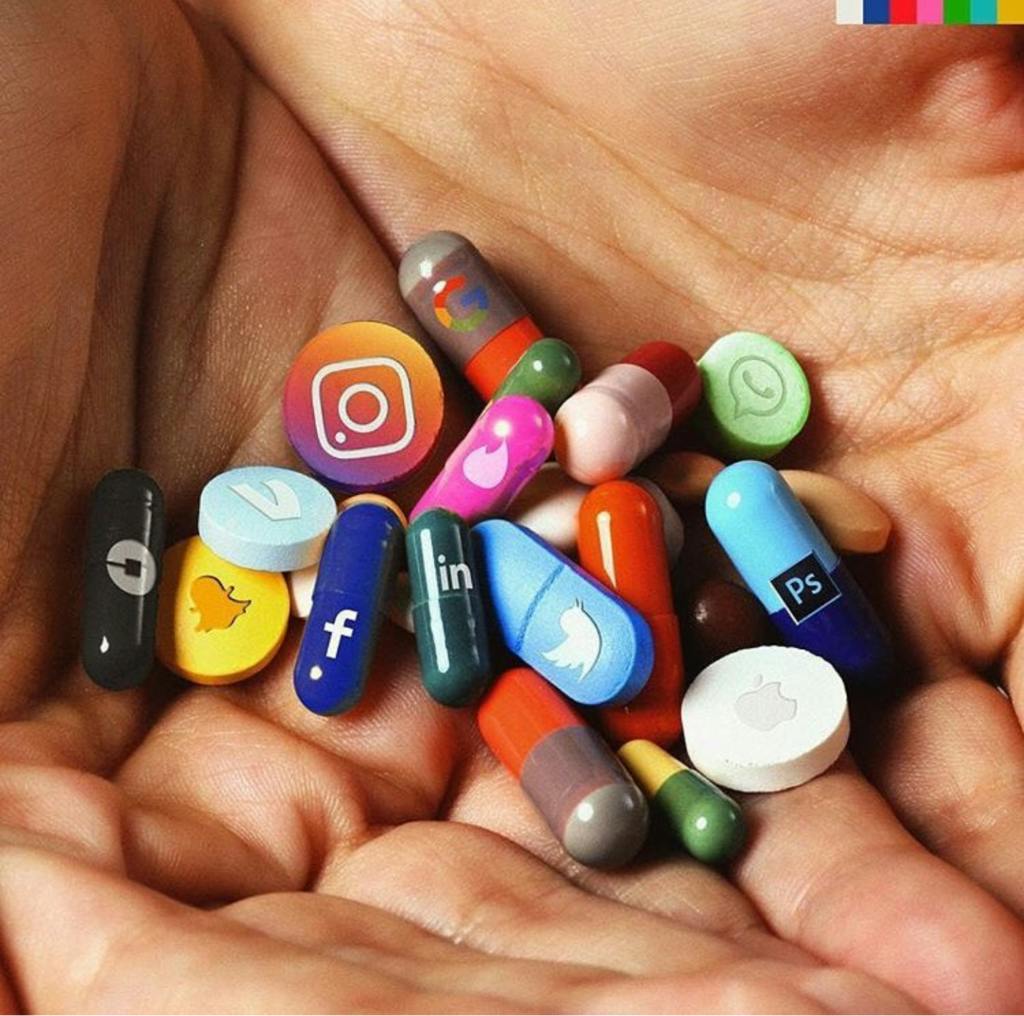
INTERACTION WITH APPS
Troy: I think there’s an interesting distinction to make between checking email vs. checking social media. On a subliminal level, it’s acceptable to check your email more than it is to check your social media. Email is more business-oriented, it’s more acceptable, whereas people are a little more critical about checking social media. Business vs. leisure—but that can be a fuzzy line too. Ultimately, they are both their own type of distraction.
Ben: Yeah, I agree that they are both their own type of distraction. I also think they are both work related. Some designers at the studio are members of a discussion group on Digital Labor. The group’s main focus is to formulate a critique of technology and to bring to light the many ways in which we are inadvertently laboring in the digital economy. It takes work to post content on social media.
“We are putting time and effort to create interesting content for a platform that, in turn, profits off our efforts. We are the product.”
So email vs Facebook. I see it all as work. You just aren’t getting paid for one of them.

“WRITING AN EMAIL HAT” By Shameless Enterprise, a collaboration with Pete Halupka
Levi: Email was one of the first technologies ever built, and we’re still using it today, which you have to admit is funny. It’s a design system that’s very hard to uproot. But maybe there are other ways of looking at the shape of distraction and the role of designers in this process.
A DESIGNER’S ETHICAL RESPONSIBILITY
Mindy: As a designer, I think my responsibility is to bring ethics in the process of creating these platforms, and to design with the audience’s best interest in mind. Especially in terms of distractions, our goal should be to create a richer experience that expands people’s minds, on their own terms and own time.
Troy: For sure. I also think it’s the designer’s responsibility not to design trickery. When it comes to app design or UX design, designers should be really clear with what they make. We should be transparent about how an algorithm is adapting based on one’s behavior.
“I think we need to educate people about what happens under the hood right from the signup onboarding process.”
Once we sign up for an app, there should be a flow about push notifications and preferences, tailoring the information being collected, make people feel in control of how and what they see. Total transparency might have an adverse effect on a company’s success and revenue stream, but I’m personally more concerned about how these features have long term effects on people.

Mindy: You’re definitely right about people not knowing what’s going on under the hood. Especially with advertising, designers are trained to AB test to identify what’s more successful based on engagement or clicks. But, we need to be more conscious of our audience. Are we simply trying to take people’s attention away from our platform’s content with a flashy gimmick or are we genuinely trying to communicate a message that speaks to the audience’s needs and desires? That’s where designers can really have an impact.
Ben: AB testing always reminds me that we have the power to learn from and improve our platforms. We just don’t measure success in the right ways. We need to incorporate mindfulness and agency into these systems. It needs to be one of the primary Key Performance Indicators (KPIs). We need to shift our focus away from revenue and ask ourselves: “Is this making the users life better?”
Mindy: Totally, having it be qualitative vs. quantitative. Instead of asking, “how many more clicks did we get from making this button red instead of black?”, we should really be asking, “how does this experience enrich someone’s life?” “Does it inspire them, educate them, or even open their minds to others?” “If not, how can I modify the experience to have that kind of impact?”
Ben: In terms of modifying the experience, I’m curious if there is an aesthetic influence on distraction when it comes to design, do you guys think there is any way we could be addressing this challenge from an aesthetic point of view?
Troy: With a lot of these apps and start up products, there is this default aesthetic of being super friendly, and making everything bright, smiley and clean. Not that we need to make Instagram look like it’s dark and morbid or something, lol—that would be a cool option tho—but really, it shouldn’t be the default aesthetic…
Ben: Cutesy tech aesthetic just being the default is so sad. We are stuck in this aesthetic in the tech industry and it’s really limiting. It’s become such a cliché.

Troy: Because when you combine that clean cutesy aesthetic with what we’re talking about, there is some serious cognitive dissonance going on.
Ben: Yeah, it seems really dishonest.
AESTHETIC AND INTENTION, AFFECTING PEOPLE’S PSYCHE
We saw that study right before Christmas, where Facebook essentially explained that when psychologists studied the feed and Facebook in general, they found that people who post more get more satisfaction from their service. That was their end goal. That was their response. But, we shouldn’t expect everybody to contribute. Not everyone wants to speak out on these services, or on platforms we’re designing.
“How do we make sure people who don't post develop feelings and attitudes toward these platforms?”
Levi: It goes back to Mindy’s comment about ethics, thinking about how all of these things fit together, and how they affect the larger population as a whole.
Especially notifications and distractions. How does that interrupt people’s psyches, thinking, communications skills, etc. I think there is some long-term damage happening right now because of that. But I also think there is at the minimum some self-awareness in the design community around about we are building.
I’ve seen companies charge more for quality content and services. Headspace, being a high quality app, delivers some pretty good things to you. Calm is another one where you can personalize your notifications when you sign up, but you have to pay for it. So, it’s on your shoulders as much as it is on the company’s shoulders to work together on a symbiotic relationship when it comes to distractions.
Going into those relationships, artists and entrepreneurs are doing some thought-provoking projects in this space. What have we been seeing here?
Troy: Some of the first artists that come to mind are Tilman Hornig’s Glass Phone (2016) images. These are uncanny and stock-like images of glass objects that resemble our phones, tablets or laptops. They can be pretty humorous, but there is also a self-reflective/ cynical nature to them as well.

Tilman Hornig’s Glass Phone (2016)
There is also the work of Holly Herndon and Mat Dryhurst. Specifically, I’m thinking about Holly Herndon’s music video Interference, directed by Metahaven where mimicked shapes of pop up ads overlay the imagery–just like the ones on Youtube. A lot of these post-internet/ net artists focus on the negative aspects of digital distraction.
![Holly Herndon, Interference [Music Video Still] 2015](https://images.prismic.io/useallfive/MWY4ZDMzYTUtNTExMC00MjUxLTg2NDUtNjQ5NzZiOTRkOGU1_holly-herndron-interference-.png?auto=compress,format&rect=0,0,1288,729&w=1288&h=729)
Holly Herndon, Interference [Music Video Still] 2015
![Theo Triantafyllidis, FOMO fbx [Video Still] 2014](https://images.prismic.io/useallfive/ZDc3ODE3NjMtZDBkMC00N2RmLWJmYmEtZWEyOGEzNTY2ZmQ3_theo-triantafyllidis-fomo-fbx.png?auto=compress,format&rect=0,0,964,537&w=964&h=537)
Theo Triantafyllidis, FOMO fbx [Video Still] 2014
There are a lot of new media artists dealing with contemporary distractions. The more I think about it, the more work I can reference: works by Martine Syms, Kim Laughton, The Institute for New Feeling, Ryan Trecartin, Keiichi Matsuda, Lorna Mills, Milton Melvin Croissant III, Hito Steryl, Micah Hesse, Luke Loeffler, the list goes on.

Luke Loeffler, Treatment for Hyperactive Electronic Response Syndrome, 2014
Ben: Absolutely, I think artists have a thoughtful way of addressing this unique time we are in. I’m always a fan of Holly Herndon and Metahaven’s work.
Aside from artists, I am always looking for platforms that address these issues. My favorite has to be Are.na. They designed their platform from the bottom up to serve their community, to give them an enriching experience and help them gain knowledge. None of your data is sold and there are no ads. It’s one of the only things I pay for online.
Another platform that has been gaining traction is Steem. It’s sort of like Reddit but instead of karma or likes you get paid for content with cryptocurrency. Since they don’t have advertising, it could shift the platform away from distraction.
Troy: Oh god—I dont think I’m ready for this conversation to turn down the ‘crypto-can-solve-our-problems’ path. Although I can rally behind the idea of compensating people who contribute meaningful content, and that labor is real and too often exploited.
THE FUTURE OF DISTRACTIONS
What do you think the future of distraction will look like?
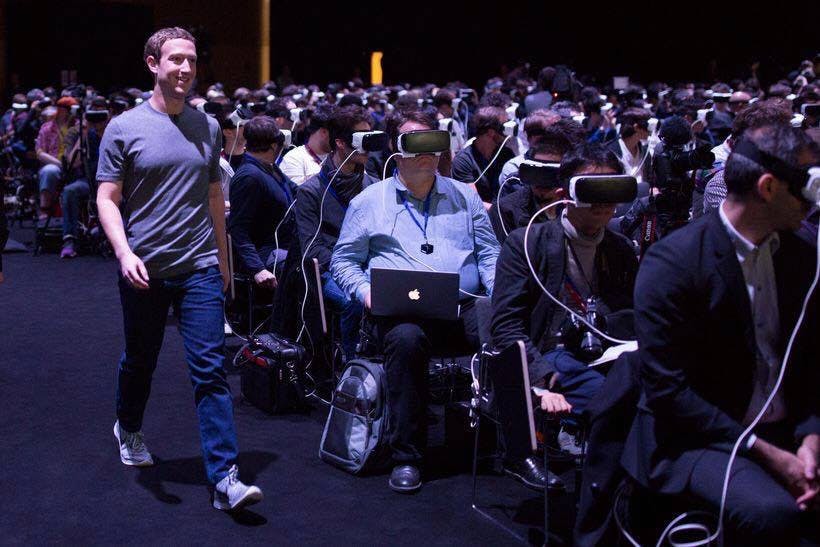
Mindy: A huge distraction I see in the future is virtual reality and whatever social platforms come with it. One of our coworkers, Chris, brought up VR chat, which is essentially Second Life. You also have Facebook’s VR social platform, Spaces, in Beta. They’re normalizing social VR and I think we’re really going to see the kind of impact it will have on people’s lives in terms of distraction.
Technology advances so quickly now that I’m sure it’ll be no time before social VR feels realistic. It’ll be such an immersive and seamless experience, that it’ll be so easy to escape whatever frustrating aspect or confrontation you’re afraid of in real life and virtually escape somewhere completely different.

I think it could easily get to a point where people will prefer their VR life to real life because they don’t have to face as many problems there. With VR, you can easily be the person you wish you could be in real life. People kind of already create that facade on social media. And when you so heavily invest in your online identity, what’s actually left of you IRL? When you remove the confrontations and challenges of daily life, who are you really? That’s where it can get really dangerous.

Ben: That’s an important idea you talk about. The idea of “escape.” Some platforms are designed for escape. Whereas, other platforms try to…
Levi: Be a more seamless part of your life.
Ben: Yes! Trying to integrate into your life, make your life in the real world better, and not pull you out of it. Just enhance the physical world, enhance dialogue and understanding.
Levi: I guess it’s supposed to be more seamless in your life and not take you out of what’s going on. There are some interesting ways in which notifications or distractions can become a little bit more seamless though, too. VR takes you out of the world completely whereas AR makes it a little bit more seamless.
CONCLUSION
Troy: I think it’s important to reaffirm the benefits of distraction and how that can and has helped people.
A book I recently picked up while preparing for this dialogue titled The Plenitude of Distraction by Marina Van Zuylen (Shout out to João Enxuto for the rec). She references important philosophical minds like Montaigne, Nietzsche, Hume, Cervantès, and Dickens that have for a long time been promoting distraction and its sharpening effect on their perception of life. A lot of great inventions were created from distractions. Granted, these philosophers didn’t have Instagram or push notifications, haha.
For me, creative success often comes from a “leaky attention.” But here’s the deal: we are all different minds and there isn’t one singular way to focus, and so distraction is relative.
Ultimately, I think it’s important to mark the line between the positive and the negative and how awareness of distraction has an essential place in the middle.
Mindy: That’s a great point. I remember seeing this analogy that if you see a piece of fruit that’s hanging super high up in the tree. You start climbing up. All of a sudden, you see another piece of fruit that’s actually closer. Objectively, it’s a distraction from your original goal, but you’ve still reached the same goal that you initially set.
Troy: Totally—go for that close apple! lol—but to push that analogy further, if the faraway apple distracts you, pulls you in, higher up the tree, you might gain the vantage point of another orchard with low hanging fruit!
Then again, you could also fall out of the tree. We live and we learn.
Ben: Definitely, distraction isn’t always a bad thing. It reminds me of Maslow’s hierarchy of needs. A lot of distractions exploit those bottom needs.
“We need to design platforms that push us to higher levels of consciousness, toward mindfulness, and agency. We need to make tools that will help us better understand and connect with each other.”
Troy: This would be a good place for Ben’s dank expanding brain meme. lol

Mindy, Levi, Ben, and Troy have left the Dialogue.
Links to Read
Illustration/ Animation by Mindy Nguyen

